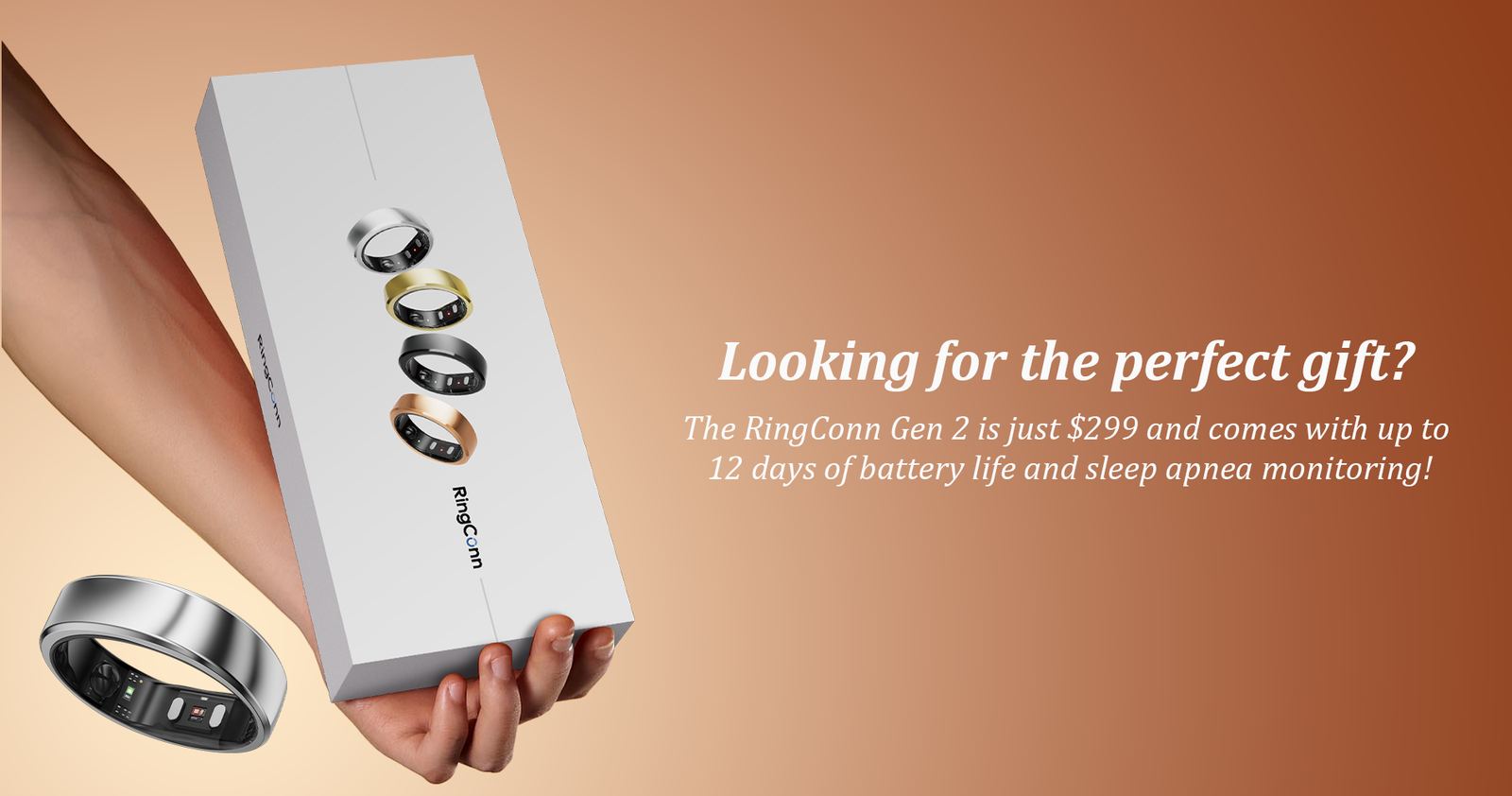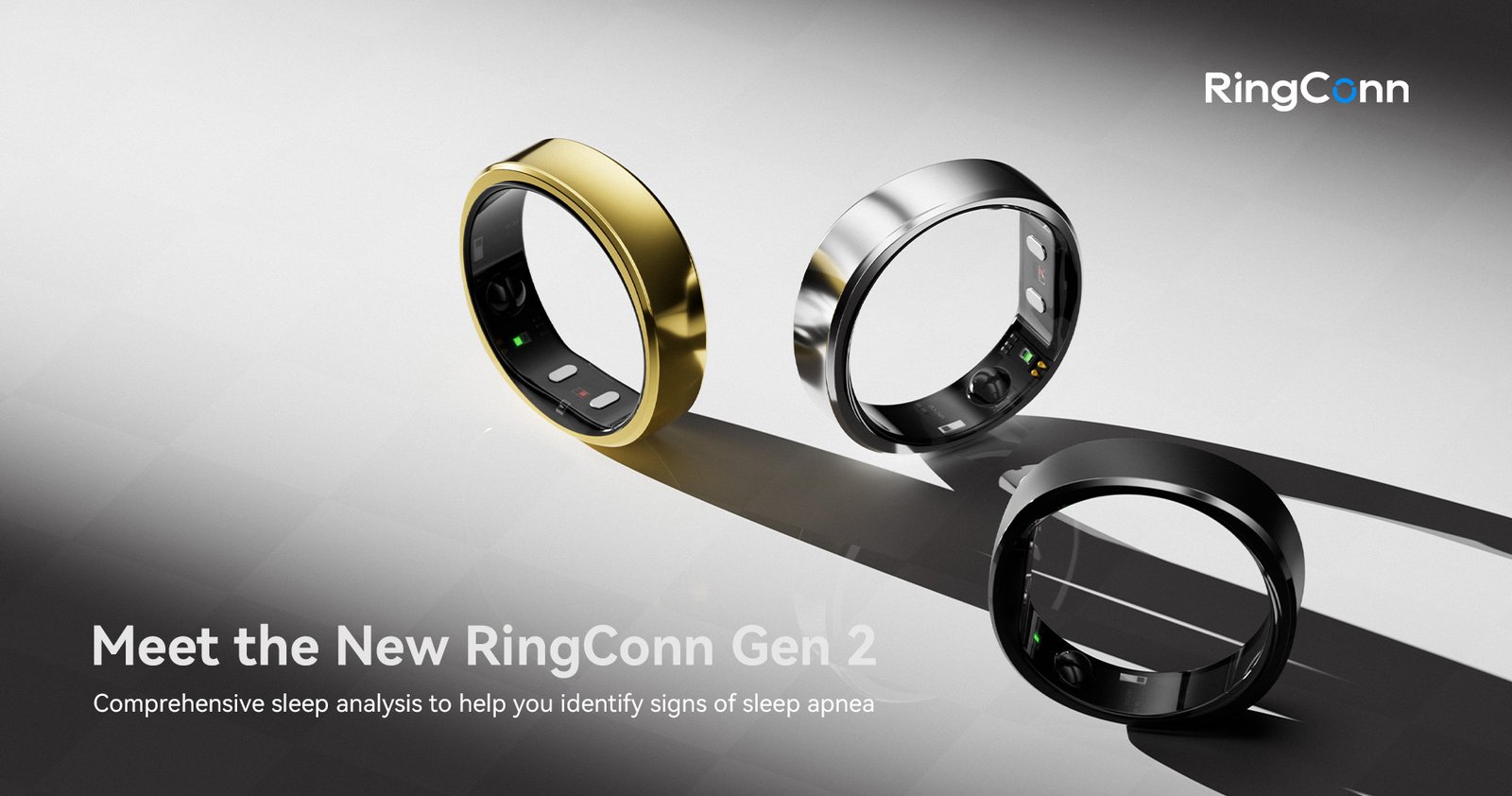In an age where pings, scrolls, and endless notifications dominate our daily lives, the idea of disconnecting from our digital world can feel both daunting and liberating. But what if the very relief we seek lies not in a new app or gadget, but in the age-old comfort of nature and mindful presence?
Dr. Kerry Crofton, in her insightful book Less Screen More Green, invites readers to rediscover balance through her Mindful Tech Plans™—practical, research-backed strategies for managing digital overload. Drawing from her experiences and the wisdom of Harvard’s Dr. Michael Rich, Crofton offers a refreshing path toward tech wellness rooted in mindfulness, simplicity, and our deep connection with the natural world.
A Redwoods Revelation
In the summer of 2014, Crofton joined Camp Grounded in Northern California, one of the first retreats dedicated to digital detox. Her camp name was “Momma Zen,” and she led mindfulness sessions to help fellow attendees ease their cravings for the digital fix they’d left behind. That weekend, nestled among towering redwoods, something profound unfolded.
Participants—many of them young professionals from Silicon Valley—sang together, laughed, and played like children again. They celebrated not what they had posted or liked that day, but how free they felt without the buzzing demands of their devices. One standout moment was a tongue-in-cheek song Crofton debuted on stage: Digital Distraction Brings NO Satisfaction. It wasn’t just a catchy tune; it was an anthem for a generation looking to reconnect—with themselves and one another.
Why We Can’t Stop Scrolling
You’ve probably felt it too—the impulse to check your phone one more time, the fatigue after hours of screen time, the vague anxiety that lingers even after binge-watching your favorite show. We’re living in a culture of constant digital stimulation. And it’s quietly draining us.
But here’s the encouraging part: the tools to reclaim our attention and energy are already within reach. If you practice meditation or mindfulness—or even if you’re just curious about slowing down—you already have a head start in breaking free from tech dependency.
Dr. Michael Rich, a Harvard pediatrician and digital wellness expert, emphasizes two simple, powerful shifts: embrace boredom and spend more time in nature.
“Perhaps the most difficult challenge,” Dr. Rich explains, “is overcoming our cultural aversion to boredom. We fill every quiet moment with screens, never looking up to see the world or the people around us.”
Nature: The Original Reset Button
Albert Einstein once said, “Look deep, deep into nature, and then you will understand everything better.” It turns out he was right in more ways than one.
Nature is not just a scenic backdrop; it’s an antidote. Time outdoors lowers stress, boosts mood, and resets our overstimulated brains. Even small acts—like sipping coffee on the porch, walking through a city park, or standing under a tree—can shift our mental state. That’s the power of what Crofton calls the “Nature Remedy.”
Four Practical Steps Toward Digital Balance
Dr. Rich’s approach isn’t about giving up technology altogether. Instead, it’s about using it wisely, with intention. Here are four reminders that can help:
- Be mindful
Use digital tools with purpose. If they aren’t helping you in a moment, it’s okay to turn them off. - Be balanced
Make time for activities that don’t involve screens—gardening, walking, journaling, or just doing nothing at all. - Be bored
Let yourself experience the discomfort of having “nothing to do.” This space is often where creativity and clarity are born. - Be present
When you’re with others, put the phone down. Real connection happens face to face, not through a screen.
Listen to the Signals
Just like hunger or thirst, tech overload comes with warning signs. Dry eyes, headaches, irritability, or that odd, spacey feeling after hours online—all these are clues from your body telling you it needs a break.
One easy fix? The 20-20-20 rule. Every 20 minutes, look at something 20 feet away for 20 seconds. It may seem minor, but this practice can help reduce digital eye strain and bring your attention back to the present.
Reclaiming Sacred Space
One of the most powerful things you can do is create a tech-free sanctuary. It could be your bedroom, your kitchen table, or even a reading nook by the window. Choose a space and commit to keeping it screen-free. Let it be your refuge—a place to reconnect with yourself and others without the interference of devices.
Start Small, But Start
This journey isn’t about guilt or grand declarations. It’s about tiny, consistent shifts toward a healthier relationship with technology.
- Maybe tonight, you leave your phone outside the bedroom.
- Tomorrow, you walk barefoot in the grass.
- This weekend, you reclaim your dining table from screens.
And then you notice. You notice your shoulders relax. You breathe more deeply. You feel more connected to the people and moments that matter.
An Invitation to Awareness
The first step toward freedom from tech overload is awareness. From there, it’s about choosing, again and again, to return to presence, to the natural world, and to ourselves.
So here’s your gentle invitation: Take one step today. Just one.
And see where it leads you.





